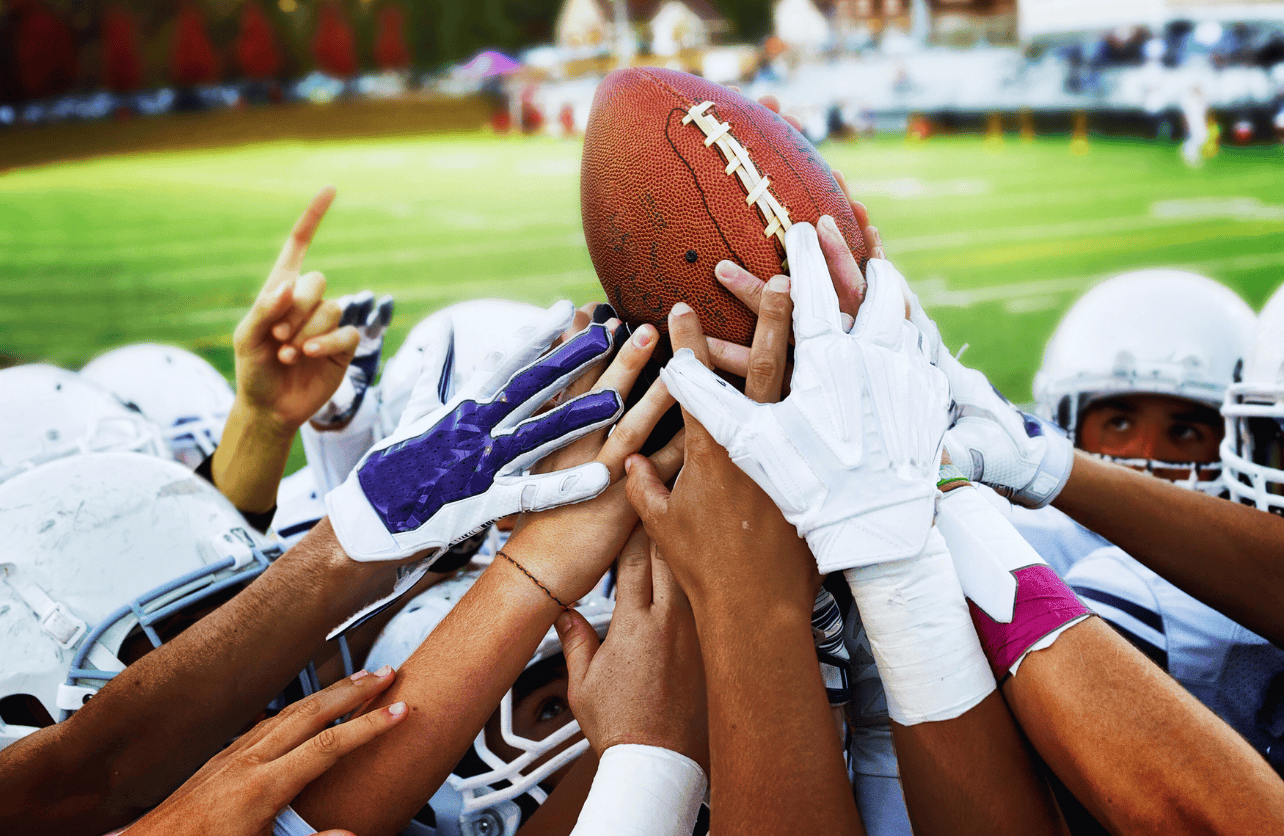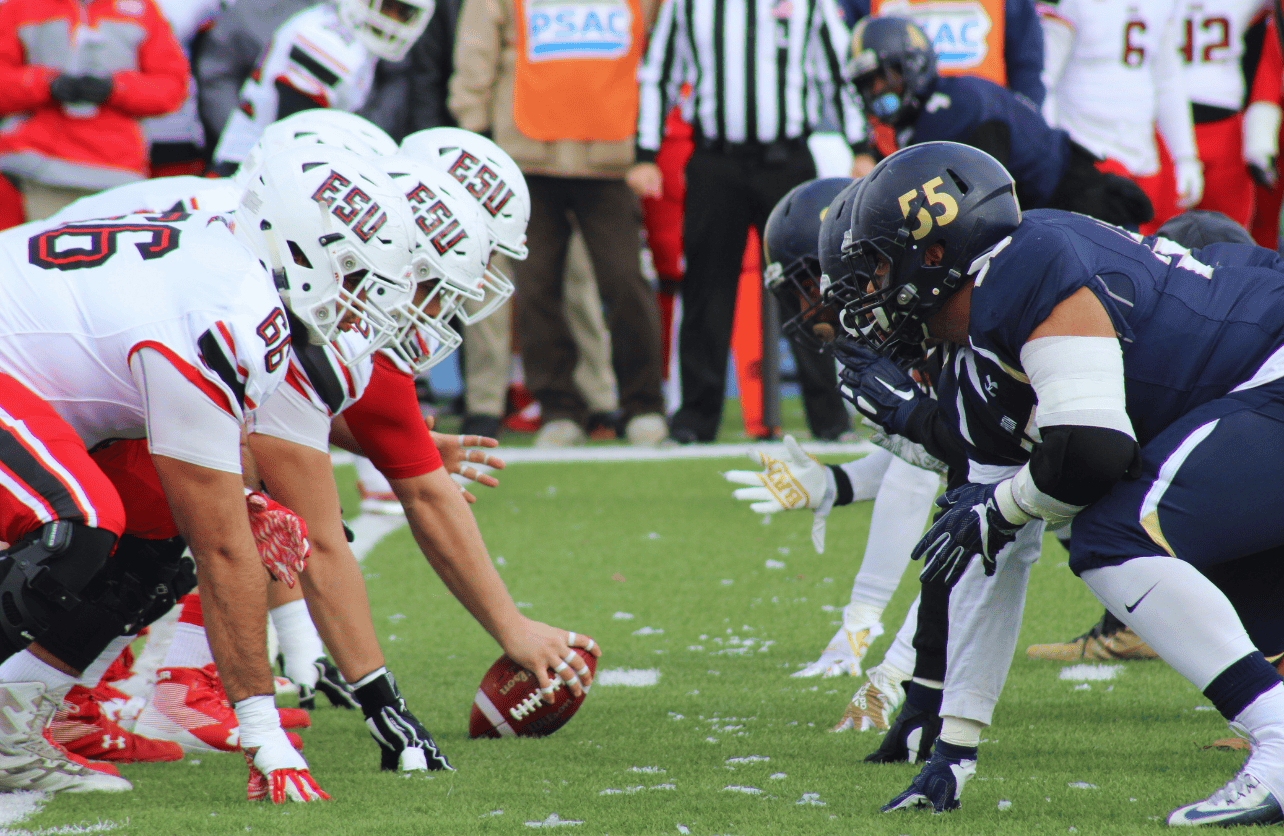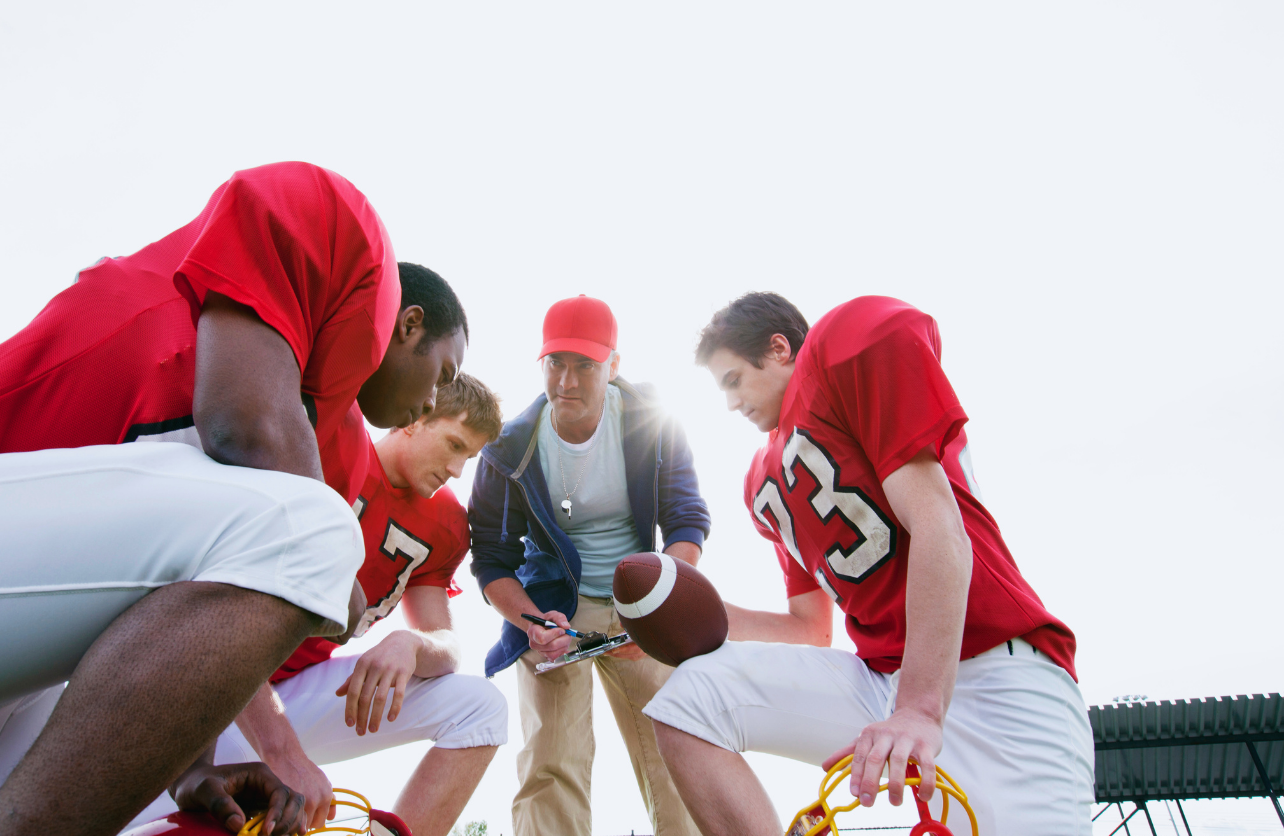How College Football Shaped the NFL

The connection between college football and the NFL runs deeper than just the annual draft. The evolution of the professional game has been profoundly influenced by the college level, from rule changes to offensive innovations, coaching philosophies, and even the way talent is scouted. While the NFL is its own entity, many of the strategies, playing styles, and cultural aspects seen in today’s game have roots in the collegiate system.
The Evolution of Offensive and Defensive Strategies
College football has long been a testing ground for new offensive and defensive ideas. Many of the schemes that dominate the NFL today were first introduced at the college level, where coaches have more freedom to experiment without the rigid structures of a multi-billion-dollar league.
The Spread Offense and RPOs (Run-Pass Options): The rise of the spread offense, which spaces out defenses by using multiple wide receivers, can be traced back to college programs like Texas Tech, Oklahoma, and Oregon. Quarterbacks like Patrick Mahomes, Kyler Murray, and Joe Burrow all thrived in spread-heavy systems before bringing those skills to the NFL. The run-pass option (RPO), a staple in today’s NFL, was honed in college football as a way to neutralize aggressive defenses.
Up-Tempo Play and No-Huddle Offenses: College programs such as Chip Kelly’s Oregon teams revolutionized the tempo of football, emphasizing speed and efficiency. The NFL, once dominated by methodical, clock-controlling offenses, has increasingly embraced no-huddle and high-tempo strategies, forcing defenses to adjust on the fly.
Hybrid Defensive Players: As college offenses evolved, defenses had to keep up. The demand for versatile, hybrid players—linebackers who can cover, safeties who can play in the box—originated in college football. Players like Isaiah Simmons and Derwin James represent this new breed of defender, shaped by the fast-paced, positionless nature of the college game.
The Pipeline of Talent Development

The college system has always been the NFL’s primary talent pool, but the way players are scouted and prepared for the pro level has changed dramatically over the years.
Year-Round Development: Today’s college football programs operate like miniature NFL franchises. Strength training, nutrition, film study, and sports science are all part of a player’s development, making the transition to the pro level smoother than ever. Schools like Alabama and Georgia are often described as “NFL factories” because they replicate a professional environment.
Position Specialization: College football has also refined the art of player specialization. For example, defensive linemen are often recruited for specific roles—pass-rushing specialists, run-stuffers, or hybrid edge rushers—allowing NFL teams to draft players who already have experience in a clearly defined system.
The Quarterback Evolution: One of the most noticeable shifts has been at the quarterback position. In the past, college QBs who played in spread systems were considered “system players” and faced skepticism from NFL scouts. Today, the league has adapted, incorporating elements of college offenses to make the transition easier. As a result, dual-threat quarterbacks like Lamar Jackson and Jalen Hurts are thriving in ways that would have been unthinkable a generation ago.
Rule Changes and Adaptations
Many of the NFL’s modern rule changes have been influenced by college football.
Targeting and Player Safety: The NCAA’s strict targeting rules, designed to prevent head injuries, have pushed the NFL toward similar measures, leading to greater emphasis on player safety and rule enforcement.
Overtime Rules: The NFL’s adaptation of new overtime rules, particularly in the postseason, was inspired by the drama and fairness of the college system. While the two leagues still have different approaches, the influence is clear.
Pass-Interference Emphasis: As college football embraced pass-heavy offenses, defensive backs were put in increasingly difficult situations. This led to rule changes in both college and the NFL that emphasize fair competition between receivers and defenders, making pass interference calls a bigger part of the game.
Coaching Philosophies and Influence

The coaching relationship between college football and the NFL is more intertwined than ever.
College Coaches Making the Jump: While not all college-to-NFL transitions have been successful (see Urban Meyer’s short-lived stint with the Jaguars), there have been notable success stories, such as Jimmy Johnson and Pete Carroll, who won championships at both levels. More recently, Matt Rhule, Lincoln Riley, and Jim Harbaugh have been considered for or made the leap to the pros, bringing their college innovations with them.
NFL Coaches Borrowing from College: NFL coaches increasingly look to college football for new ideas. Sean McVay, Andy Reid, and Kyle Shanahan have integrated college-style motions, RPOs, and spread concepts into their playbooks, making the modern NFL game look more like a college game than ever before.
Recruiting vs. Drafting: One of the biggest differences between college and the NFL is how teams build their rosters. College coaches must recruit talent, while NFL teams draft and sign players. However, the skill set of identifying young talent, developing players, and adapting schemes to personnel is now just as crucial in the pros. Coaches like Nick Saban and Kirby Smart have turned recruiting into an art form, while NFL general managers increasingly value adaptability and player development.
The Cultural Impact of College Football on the NFL
Beyond the X’s and O’s, college football has helped shape the identity and culture of the NFL.
Rivalries and Fan Bases: College football’s passionate rivalries and deep-rooted traditions have influenced how the NFL markets its biggest games. Events like the Super Bowl and Thanksgiving Day games borrow heavily from the pageantry of college football rivalries.
Draft Hype and Scouting Combines: The spectacle of college football’s recruiting process—where five-star recruits are tracked from high school to college—has bled into the NFL, turning the draft and scouting combine into massive events with year-round media coverage.
Team Branding and Identity: College programs have mastered the art of branding, from iconic uniforms to signature traditions. The NFL has taken note, with teams like the Seahawks and Ravens embracing unique visual identities inspired by the energy of the college game.
Final Thoughts
The NFL may be the pinnacle of football, but its DNA is undeniably shaped by the college game. From offensive schemes to player development, rule adaptations, and even cultural traditions, college football has served as both an incubator and a proving ground for the ideas that define modern professional football. As the game continues to evolve, the relationship between college and the NFL will only grow stronger, ensuring that the lessons learned on Saturday continue to shape what happens on Sundays.
Trustworthy Insights for You
With years of combined expertise in online publishing, OvertimeReviews embodies the lessons learned from SEO strategies to paid advertising experiences. We've navigated the highs and lows, and our goal remains clear: to equip readers with comprehensive information they can trust.
